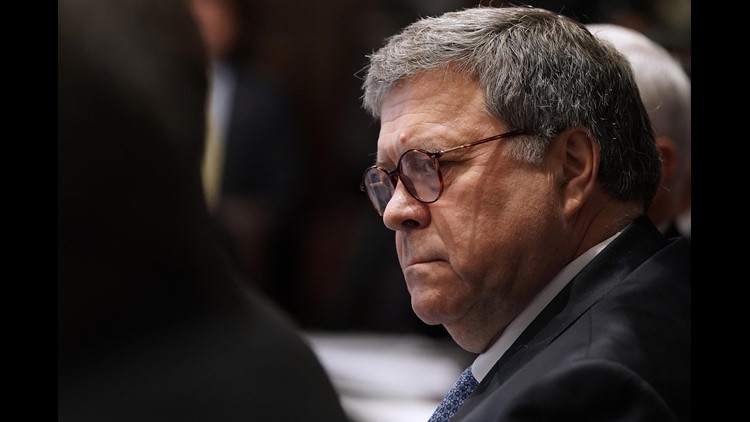(CNN) — When a string of mass shootings rocked the country this summer, leaving scores dead across California, Texas and Ohio, the question of how to prevent the next one rose to the top of Attorney General William Barr’s list.
In meetings he convened with senior Justice Department officials, Barr discussed possible legislative fixes to gun laws and criminal statutes, and at one point, turned to another department priority for inspiration.
“He said, ‘how have we dealt with this in the counterterrorism space?'” a senior Justice Department official recalled.
In response, Justice Department attorneys have looked to a program run in recent years by federal prosecutors in Brooklyn and on an ad hoc basis around the country that centers on bringing unusual partners onto law enforcement teams.
Now termed Disruption and Early Engagement Programs, or DEEP, the newly launched national initiative aims to encourage prosecutors and investigators to seek help from psychologists and threat assessment experts while cases are still being built, working to identify indicators that could determine a suspect’s actual propensity for violence, and planning to resolve threats through avenues that don’t necessarily include criminal charges, like mentorship and rehabilitation.
Barr explained the concept in a memo to federal law enforcement leaders last month.
“Newly-developed tactics, based on the needs of our front line operators, have expanded the “all-tools” approach adopted by our Joint Terrorist Task Forces to include the use of clinical psychologists, threat assessment professionals, intervention teams and community groups when such resources are helpful to detect, understand and mitigate the risk,” Barr wrote.
“We need to apply the same type of forward learning and thoughtful strategies more broadly to help triage threats and prevent violence wherever we detect reliable indicators of criminal activity or potential danger to the public,” he wrote.
The Justice Department did not immediately provide examples of successful uses of the program in its local iterations, citing sensitivities around uncharged cases, and it is unclear to what extent the program will be funded.
In his memo, Barr announced that a training conference on the method will take place later this year in Washington, DC, to share best practices, and invited law enforcement divisions across the country to “send your best and brightest to participate in this important event.”
Under the program, the senior official said, threat assessment professionals will give insight into the “complicated field” of the “prediction of violent, abhorrent human behavior” and help investigators focus on cases where certain indicators, like specific speech patterns and access to weapons, show that an individual is closer to violence.
The program is one of a small number of solutions put forward by the Trump administration in the wake of the deadly sprees.
The FBI has said it set up a domestic terrorism and hate crime fusion cell in June to help thwart future attacks, and the Justice Department sent a package of proposed gun legislation, including a measure that would move to speed the use of the death penalty in mass murder cases, to the White House in September.
But efforts to disrupt the shooting trend have mostly stalled and the White House missed scheduled rollout plans as they pivoted to combat the impeachment inquiry in the House of Representatives.
Even with limited details, the new DOJ model is drawing comparisons to countering violent extremism, or CVE, programs that grew in popularity as the Obama administration faced a scourge of jihadi-linked terrorism but failed to gain traction in certain areas where Muslim groups and non-profits were distrustful of teaming with the government.
Applying similar methods to individuals influenced by other beliefs, like antisemitic or white supremacist ideologies, relies on the same misconception “that there are some kind of visible signals that somebody sends off when they’re thinking about committing a mass shooting,” said Faiza Patel, co-director of the Liberty and National Security Program at the Brennan Center for Justice, an organization that has studied CVE programs.
“There is no validated scientific basis for suggesting that behavioral threat assessments are going to be helpful in identifying the next mass shooter,” she said.



